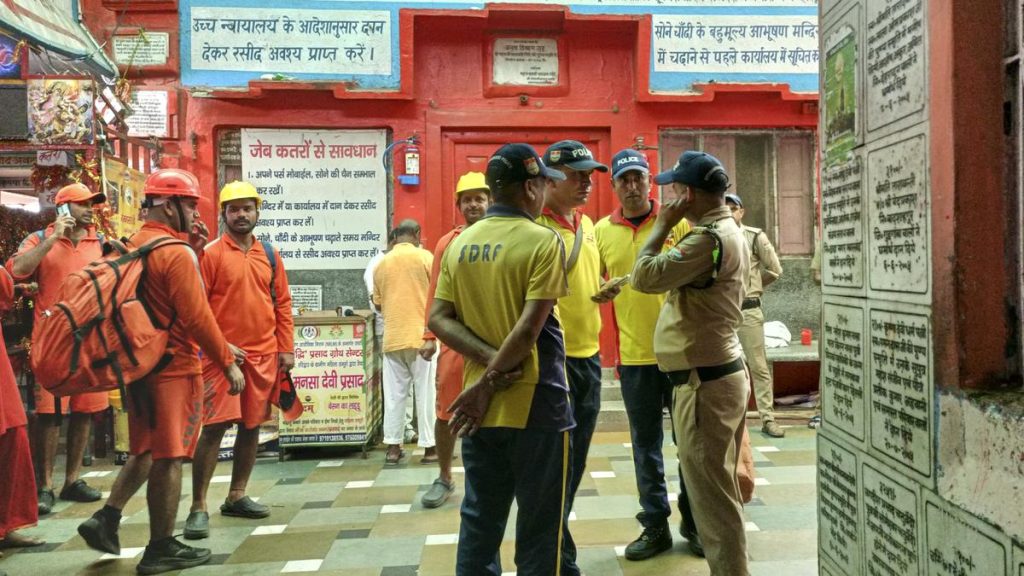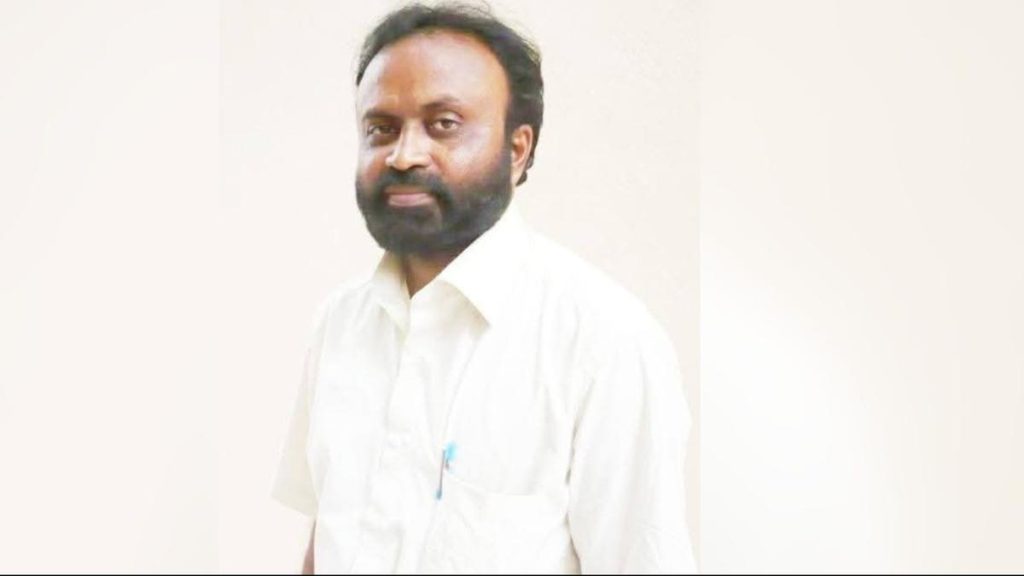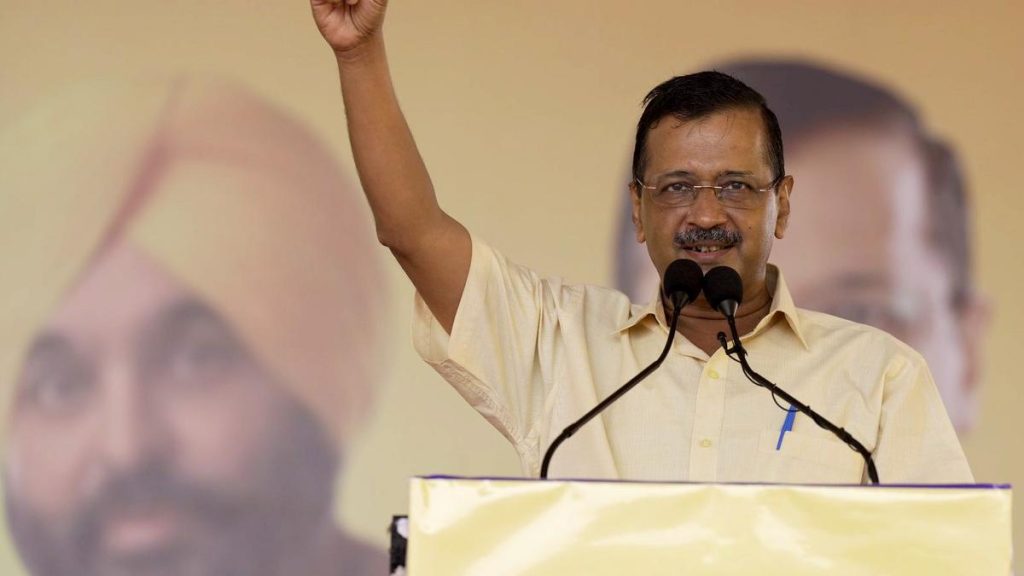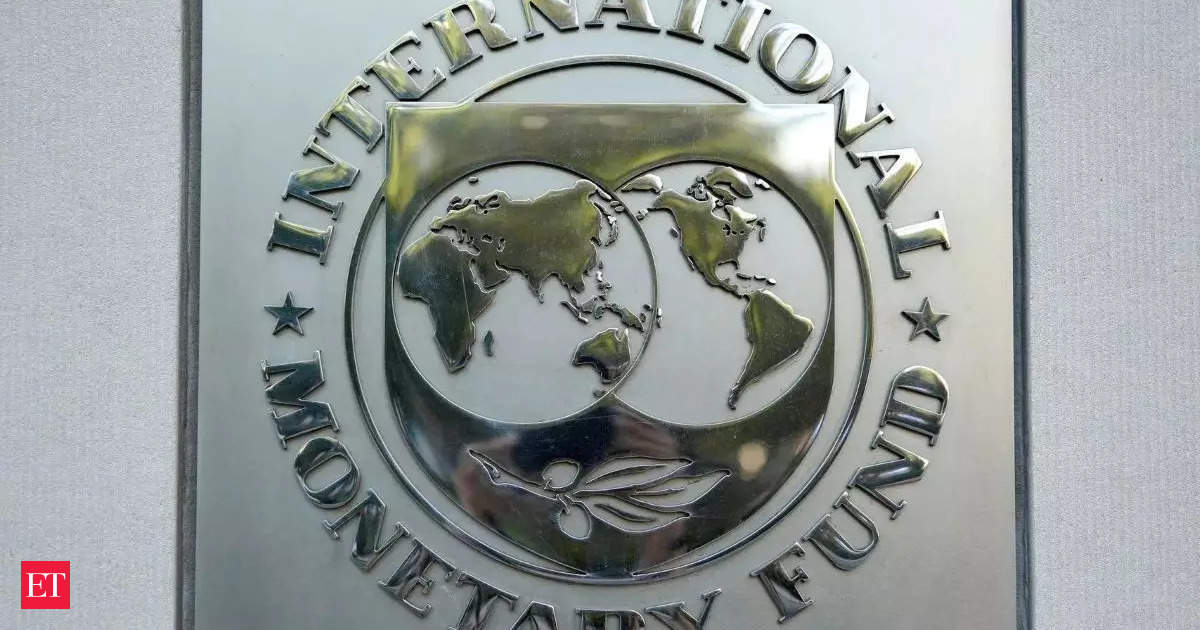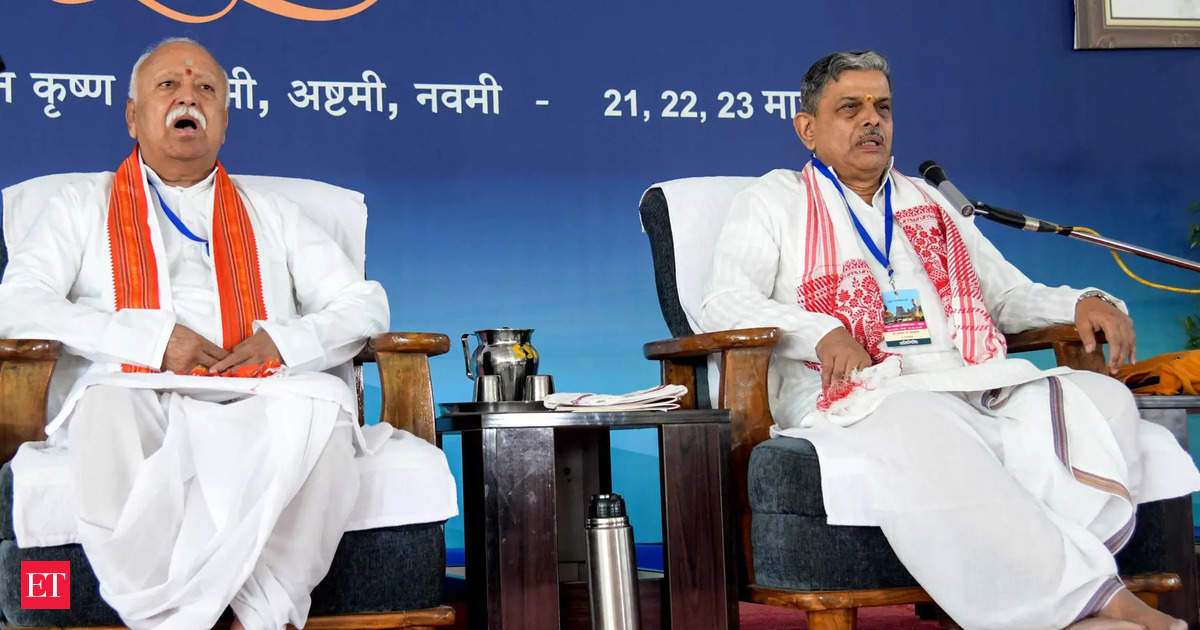Now Reading: India Plans New Rating System for Flying Schools Based on CPL Completion Time
-
01
India Plans New Rating System for Flying Schools Based on CPL Completion Time
India Plans New Rating System for Flying Schools Based on CPL Completion Time
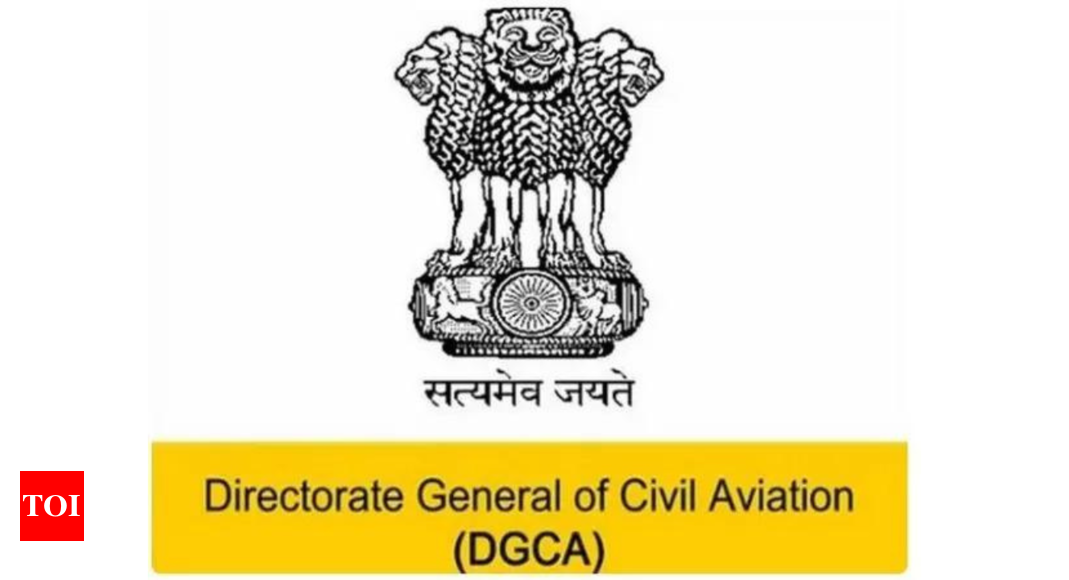
Rapid Summary
- India plans to introduce a ranking system for Flying Training Organisations (FTOs) based on critical parameters such as average time taken for Commercial Pilot License (CPL) completion.
- CPL requires flying training of 200 hours along with several exams conducted by the Directorate General of Civil Aviation (DGCA). Currently, timelines for completion are undefined, frequently enough exceeding two years, leading many Indian students to seek faster training abroad at higher costs.
- DGCA chief Faiz Ahmed Kidwai aims to ensure competition,openness,and fairness among FTOs through rankings factoring in fleet size,trainer and student numbers,safety records,incident data,and CPL completion timelines. A portal will be created to provide this information publicly.
- Cost burdens of Indian flying schools range from Rs 20,000-25,000 per hour for single-engine planes and Rs 50,000-60,000 per hour for multi-engine planes. Students also pay monthly hostel fees between rs 20,000-30,000 during waiting periods due to delays caused by trainer shortages or aircraft unavailability.
- Feedback from student pilots indicates frequent delays in training completion despite paying Rs 50-60 lakh upfront due to broken promises about timelines or lack of available trainers/aircraft. Many face career risks by missing airline vacancies after investing heavily in pilot preparation.
Indian Opinion Analysis
The proposed ranking system is an attempt by the DGCA to streamline India’s aviation training industry while improving accountability across flying schools-a sector plagued with inefficiencies that burden middle-class families financially and delay career progressions for aspiring pilots. Transparency on key metrics like CPL timeline adherence could empower students with better choices while fostering healthy competition among FTOs.
Though impactful these changes might potentially be in principle; resolving larger systemic issues-such as chronic trainer shortages-remains pivotal if improvements are truly actionable within India’s aviation ecosystem itself rather than pushing fledgling talent overseas as necessity-driven alternatives aboard foreign campuses remain dominant despite higher costs upfront therein sideline bypass holistic locally sourced possibility rates appearing alternatively thus persistently unresolved awaiting true overhaul reform underway presently projecting future effectiveness extending horizon scope…


